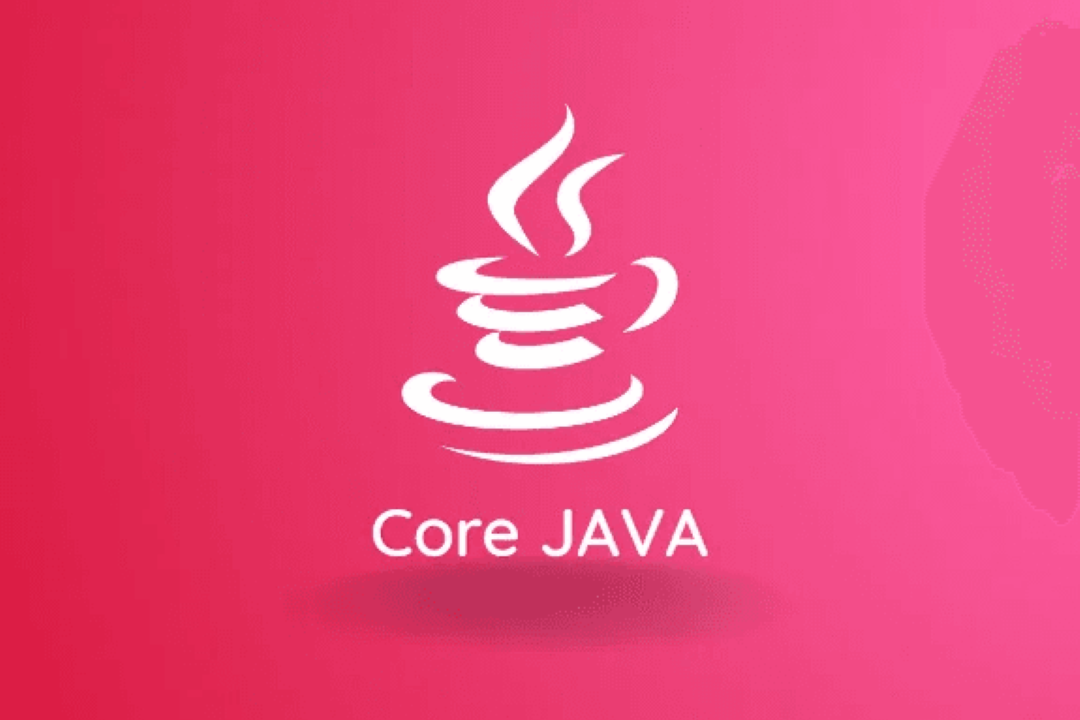Java Collections Coding Interview Questions And Answers For Experienced
Expert Guide
Java Collections is a topic frequently asked in coding interviews for experienced candidates. It is a fundamental concept in Java, and having a good understanding of it is crucial for developing robust applications. Interviewers often ask questions related to different types of collections, such as List, Set, Map, and their implementations like ArrayList, HashSet, and HashMap. Candidates are expected to have a strong understanding of the key characteristics and differences between these collections, such as the order, duplication, and performance. They may also be asked to explain the use cases and advantages of each collection type. Candidates should also be familiar with common operations and methods used in collections, such as add, remove, get, and iterate. Additionally, interviewers may ask candidates to solve coding problems related to collections, such as finding duplicates in a list or merging two sorted arrays. Overall, having a good understanding of Java Collections is essential for cracking coding interviews for experienced Java developers.
To Download Our Brochure: https://www.justacademy.co/download-brochure-for-free
Message us for more information: +91 9987184296
1 - What is the difference between ArrayList and LinkedList?
ArrayList: It implements List interface and uses an underlying array to store the elements. The elements can be accessed through an index which makes it faster for random access operations. It also allows duplicate elements and maintains insertion order.
LinkedList: It implements both List and Deque interfaces and uses a doubly linked list to store the elements. The elements can only be accessed sequentially, requiring more time for random access operations. It also allows duplicate elements and maintains insertion order.
2) What is the difference between HashSet and TreeSet?
HashSet: It implements Set interface and uses a HashMap internally to store the elements. It does not allow duplicate elements and does not maintain any ordering.
TreeSet: It implements SortedSet interface and uses a TreeMap internally to store the elements. It does not allow duplicate elements and maintains elements in sorted order, based on their natural ordering or a custom Comparator.
3) What is the purpose of Comparator interface?
Comparator interface is used to define custom sorting logic for objects. It has a compare() method which takes two objects as parameters and returns a negative, zero or positive integer depending on their order. It allows sorting of objects based on different criteria without modifying the original class.
4) What is the difference between HashMap and Hashtable?
HashMap: It is not synchronized, meaning it is not thread-safe. It allows one null key and multiple null values.
Hashtable: It is synchronized, making it thread-safe. It does not allow any null keys or values.
5) What is the difference between Iterator and ListIterator?
Iterator: It is used to traverse a collection in a forward direction and enables basic operations like removing elements from the collection. It can be used with any collection type.
ListIterator: It is used to traverse a List in both forward and backward direction. It also enables additional operations like adding and replacing elements in the list. It can only be used with a List collection.
6) What is the difference between HashMap and ConcurrentHashMap?
HashMap: It is not thread-safe and allows simultaneous modifications. If multiple threads are accessing the map, it might lead to unexpected results.
ConcurrentHashMap: It is thread-safe and allows concurrent modifications. It uses a technique called lock striping to divide the map into small segments, reducing the chances of thread interference.
7) What is the purpose of the Iterable interface?
Iterable interface is used to iterate over a collection, providing a way to access its elements sequentially using a for-each loop. It has an iterator() method that returns an Iterator object to traverse the collection.
8) What is a foreach loop?
Foreach loop is a shorthand way of iterating over a collection, introduced in Java 5. It uses the Iterable interface and an Iterator object to iterate over the collection. It automatically handles the initialization, condition evaluation, and incrementing of the loop variable.
9) What is the difference between TreeSet and TreeMap?
TreeSet: It implements SortedSet interface and is backed by a TreeMap. It does not allow duplicate elements and maintains elements in sorted order based on their natural ordering or a custom Comparator.
TreeMap: It implements SortedMap interface and uses a Red-Black tree to store the key-value pairs. It does not allow duplicate keys but allows duplicate values. It maintains elements in sorted order based on their keys.
To Download Our Brochure: Click Here
Message us for more information: +91 9987184296
10) What is the purpose of Comparable interface?
Comparable interface is used to define natural ordering for objects of a class. It has a compareTo() method which takes another object of the same type as a parameter and returns a negative, zero or positive integer based on their order. It allows sorting of objects in collections like TreeSet and TreeMap.
Browse our course links : https://www.justacademy.co/all-courses
To Join our FREE DEMO Session: Click Here
Contact Us for more info:
- Message us on Whatsapp: +91 9987184296
- Email id: info@justacademy.co
Java 2 Years Experience Interview Questions
Oops Concepts Interview Questions In Java
String Interview Programs In Java












